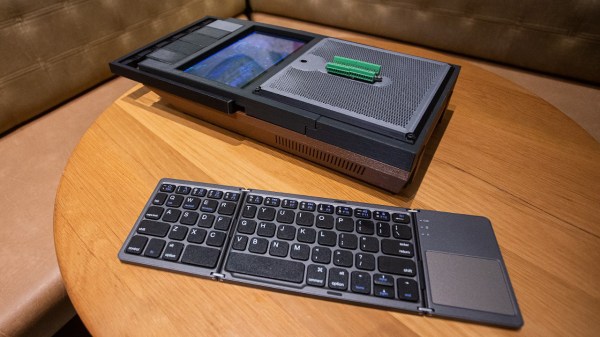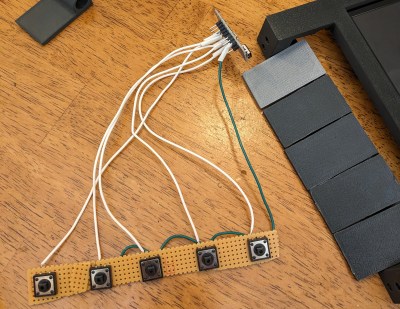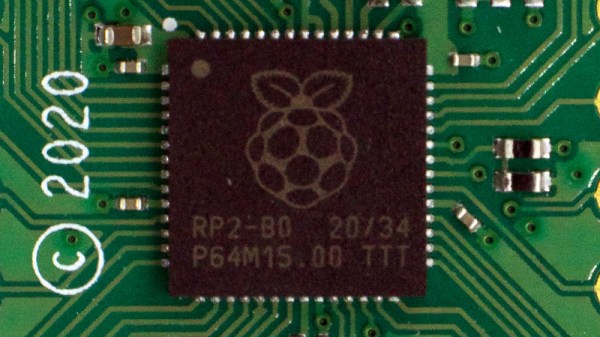International cybercrime, as portrayed by the movies and mass media, is a high-stakes game of shadowy government agencies and state-sponsored hacking groups. Hollywood casting will wheel out a character in a black hoodie and shades, probably carrying a metallic briefcase as they board an executive jet.
These things aren’t supposed to happen in a cheap hotel room in your insignificant hometown, but the story of a British teen being nabbed leaking the closely guarded details of Grand Theft Auto 6 in a Travelodge room in Bicester, Oxfordshire brings the action from the global into the local for a Hackaday scribe. Bicester is a small town best known for a tacky outlet mall and as a commuter dormitory stop on the line to London Marylebone, it’s not exactly Vice City.
 The teen in question is one [Arion Kurtaj], breathlessly reported by the BBC as part of the Lapsus$ gang, which is a sensationalist way of talking up a group of kids expert at computer infiltration but seemingly inept at being criminals. After compromising British telcos he was exposed by another group and nabbed by the authorities, before being moved to the hotel for his own safety.
The teen in question is one [Arion Kurtaj], breathlessly reported by the BBC as part of the Lapsus$ gang, which is a sensationalist way of talking up a group of kids expert at computer infiltration but seemingly inept at being criminals. After compromising British telcos he was exposed by another group and nabbed by the authorities, before being moved to the hotel for his own safety.
Here the story becomes more interesting for Hackaday readers, because though denied access to a computer he purchased an Amazon Fire stick presumably at the Argos in the Sainsburys next door, and plugged it into the Travelodge TV. Using this he was able to access cloud services, we’re guessing a virtual Linux environment or similar, before continuing to compromise further organisations including Rockstar Games to leak that GTA 6 footage. He’s yet to be sentenced, but we’re guessing that he’ll continue to spend some time at His Majesty’s pleasure.
The moment of excitement in one’s hometown and the sensationalist reporting aside, we can’t help feeling sad that a teen with that level of talent evidently wasn’t given the support and encouragement by Oxfordshire’s education system necessary to put it to better use. Let’s hope when he’s older and wiser the teenage conviction won’t prevent him from having a useful career in the field.









 The robot face is introduced to us with a soundtrack befitting Stranger Things, or maybe Luke Million. The build was inspired by The Doorman, a creepy art piece with animatronic eyes. [Jens’] build started with a 3D model of a 3D mask, with the eyes and mouth modified to have rectangular cutouts for LED displays. The displays are run by a Raspberry Pi Pico, which generates a variety of eye and mouth animations. It uses a camera for face tracking, so the robot’s evil eyes seem to follow the viewer as they move around. In good form, the face has a simple switch—from good to evil, happy to angry. Or, as [Jens] designates the modes: “Fren” and “Not Fren.”
The robot face is introduced to us with a soundtrack befitting Stranger Things, or maybe Luke Million. The build was inspired by The Doorman, a creepy art piece with animatronic eyes. [Jens’] build started with a 3D model of a 3D mask, with the eyes and mouth modified to have rectangular cutouts for LED displays. The displays are run by a Raspberry Pi Pico, which generates a variety of eye and mouth animations. It uses a camera for face tracking, so the robot’s evil eyes seem to follow the viewer as they move around. In good form, the face has a simple switch—from good to evil, happy to angry. Or, as [Jens] designates the modes: “Fren” and “Not Fren.”











